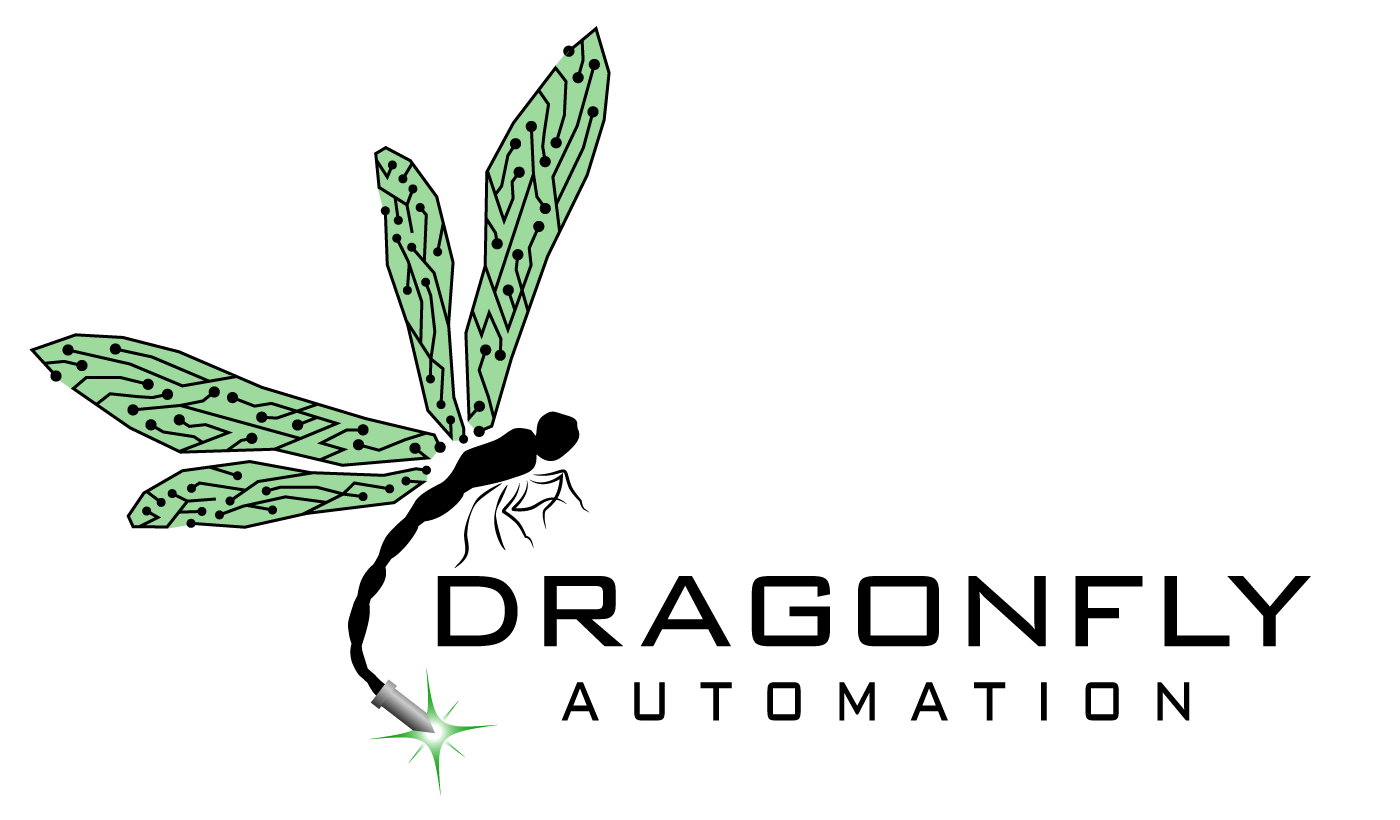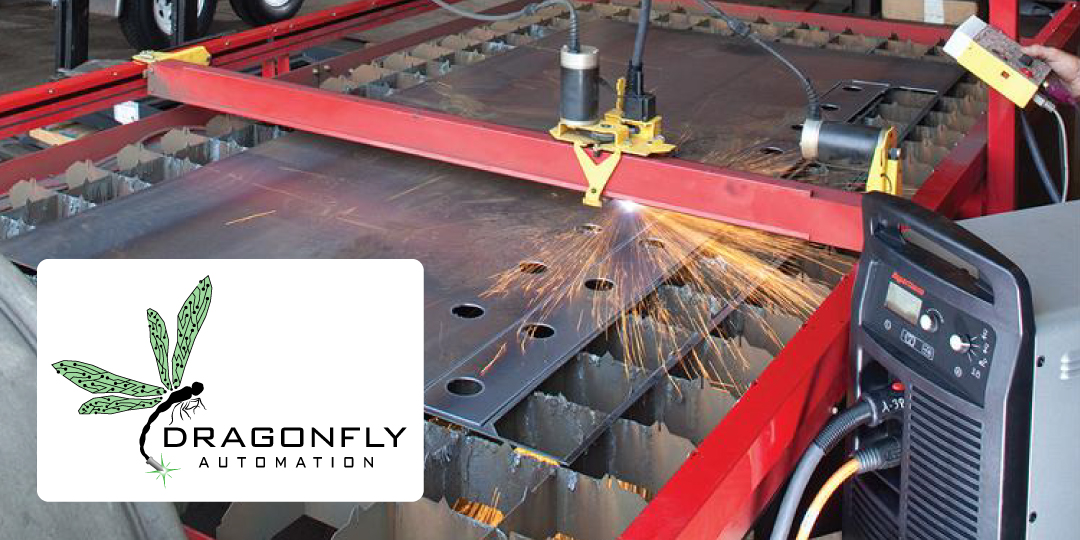CNC (Computer Numerical Control) devices are complex pieces of machinery with a multitude of moving parts. Motors are a key component of these devices and are responsible for powering the movement of the machines, providing high torque at a constant and reliable speed. As such, they need to run smoothly over an extended period, which can be challenging to achieve with so many different moving components.
The motors used in CNC machines come in a variety of types and sizes, each with its own unique properties and are dependent on your application. Motors specifically for CNC Plasma Machines are discussed in this post. While there are numerous CNC motors, plasma machines usually utilize Stepper motors, DC servo motors, and AC servo motors. Each of these have their own set of pros and cons, allowing you to choose the right motor for your specific application and the amount of money you want to spend.
Motor Types and Uses
Stepper Motors
Stepper motors are an open-loop control system, usually run at high torque and low speeds, and are suited for short-distance movements. The movement is done in equal angular increments called “steps”. A whole step is a uniform and repeatable distance (typically 1.8°). Stepping can be done in full, half, or other fractional steps in both forward and reverse.
Stepper motors typically don’t have position feedback (operating solely based on the command they are given), which means if they lose position due to overloading, the CNC does not know; therefore, parts will shift, causing misaligned cuts. As speed increases torque decreases, which could result in missed steps and loss of position.
- Advantages: Don’t use encoders/feedback devices, are reliable, rugged, easy to use and cheap.
- Disadvantages: Less suitable for high speed applications, can lose position, and requires a holding current while stationary which will cause heating.
Servo Motors
Servo motors (typically AC or DC) are part of a closed-loop system which includes a gear system, position sensor (usually an optical or magnetic rotary encoder), and control circuit. The Servo motor, which acts like a rotary actuator (used to change electrical input into mechanical acceleration), is connected to the gear system, which reduces the motor speed, increases torque, and provides feedback to the encoder.
Servo motors are small, but they are very energy efficient. The main difference between these two motors is the source of power used; DC Servo depends on voltage, whereas AC Servo depends on both voltage and frequency.
DC Servo Motors
Controlled by direct current (altering the field current or armature current) and sourced separately in the armature field winding. DC servos have a position feedback system, so the CNC can tell if it has lost position. Power and speed are typically consistent throughout the range of motion.
- Advantages: DC Servo Motors quickly respond to signals, and cheaper than AC Servo.
- Disadvantages: DC Servo Motors require more wires, will heat up if the motor is poorly tuned, and is higher maintenance.
AC Servo Motors
Controlled by alternating current and are designed to handle higher current surges than DC servo motors. In addition, they can achieve more torque and offer better control than DC.
- Advantages: AC Servo Motors generate less heat, offer high efficiency, more torque per weight, reliable, reduced RF noise, are capable of handling higher current surges in industrial applications, and require minimal maintenance.
- Disadvantages: AC Servo Motors have a much more complicated wire system, can be broken by constant overload, and have a higher cost associated.
Which is best for my application?
For help and advice on these specific motors, or any facet of CNC machine parts, usage, or application, please give Dragonfly Automation a call and we will be able to guide you.

